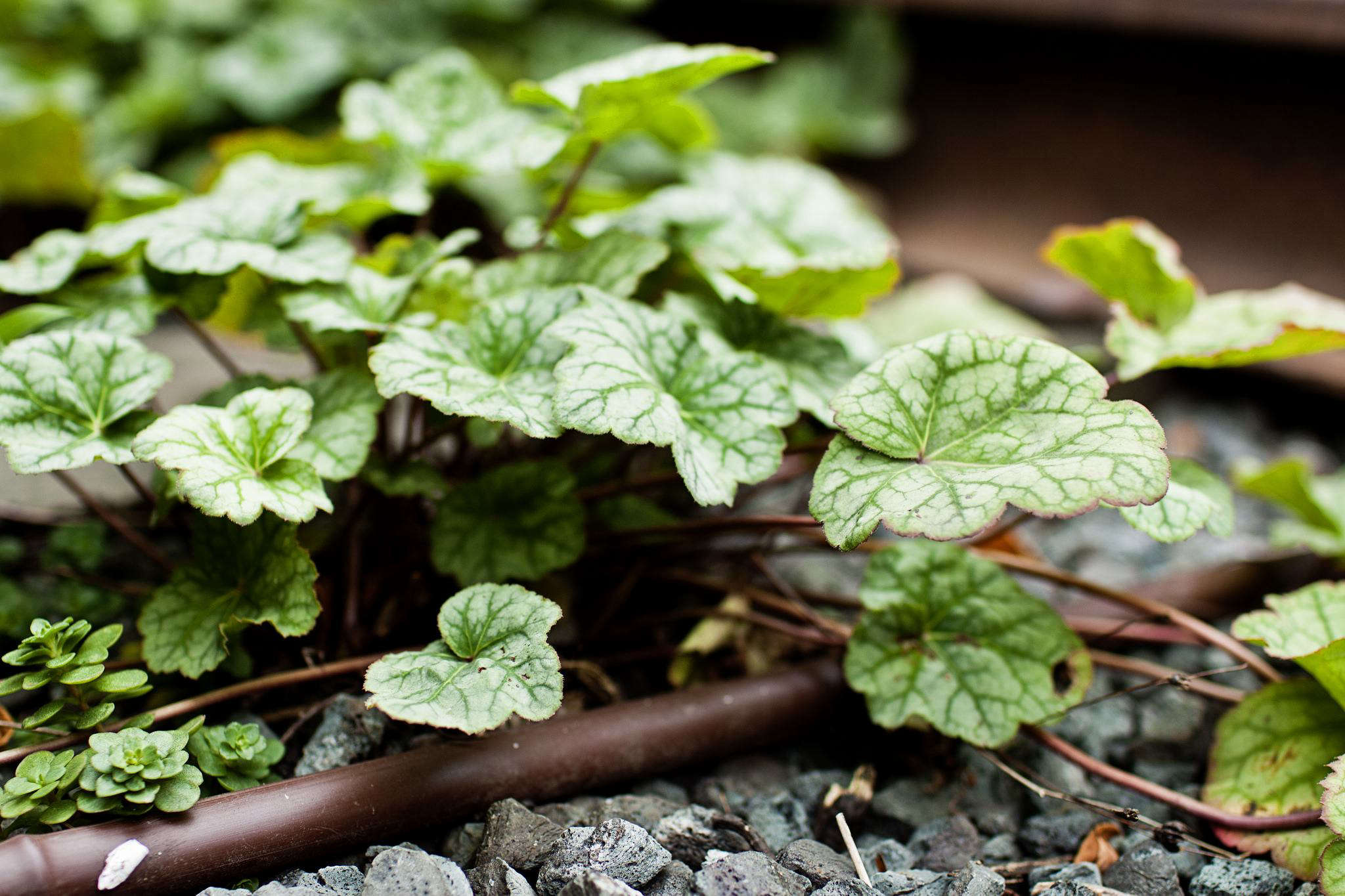
Alumroot, also known as Heuchera, is a fascinating plant that many gardeners adore. But what makes this plant so special? Alumroot is not just a pretty face in your garden; it has a rich history and unique characteristics that set it apart. From its medicinal uses to its role in attracting pollinators, alumroot offers more than meets the eye. This plant thrives in various climates, making it a versatile choice for many landscapes. Whether you're a seasoned gardener or a newbie, learning about alumroot can add a new layer of appreciation for this resilient plant. Ready to dig deeper? Let's uncover some intriguing facts about alumroot!
What is Alumroot?
Alumroot, also known as Heuchera, is a fascinating plant native to North America. Known for its vibrant foliage and delicate flowers, it’s a popular choice for gardeners and plant enthusiasts. Let’s dive into some intriguing facts about this versatile plant.
Origin and Habitat
Understanding where Alumroot comes from and where it thrives can help appreciate its unique characteristics.
- Native to North America: Alumroot is primarily found in North America, particularly in rocky and woodland areas.
- Prefers Shade: This plant thrives in shaded or partially shaded areas, making it perfect for forest gardens.
- Rocky Terrain: Often found in rocky terrains, Alumroot can grow in less fertile soil where other plants might struggle.
Physical Characteristics
Alumroot’s appearance is one of its most captivating features. Here are some details about its physical traits.
- Colorful Foliage: The leaves come in various colors, including green, purple, and silver.
- Delicate Flowers: Tiny, bell-shaped flowers bloom on tall stems, adding a touch of elegance.
- Evergreen Leaves: In mild climates, the leaves remain evergreen, providing year-round interest.
Varieties and Species
There are numerous species and varieties of Alumroot, each with its own unique features.
- Over 50 Species: There are more than 50 species of Heuchera, each with distinct characteristics.
- Heuchera Americana: Known as American Alumroot, this species is popular for its heart-shaped leaves.
- Heuchera Micrantha: This variety is known for its small, white flowers and robust growth.
Uses in Gardening
Alumroot is not just beautiful; it’s also quite practical in garden settings.
- Ground Cover: Its dense foliage makes it an excellent ground cover.
- Border Plant: Often used as a border plant due to its compact growth habit.
- Container Gardening: Alumroot can thrive in containers, making it versatile for small spaces.
Medicinal and Cultural Significance
Beyond its beauty, Alumroot has historical and medicinal importance.
- Traditional Medicine: Native Americans used Alumroot for its astringent properties to treat wounds.
- Cultural Symbolism: In some cultures, it symbolizes protection and healing.
- Modern Herbal Use: Today, it’s sometimes used in herbal remedies for its soothing properties.
Growing and Care Tips
To keep Alumroot healthy and vibrant, certain care practices are essential.
- Well-Drained Soil: Prefers well-drained soil to prevent root rot.
- Regular Watering: Needs consistent moisture, especially during dry periods.
- Mulching: Mulch around the base to retain moisture and regulate temperature.
Pests and Diseases
Like all plants, Alumroot can be susceptible to certain pests and diseases.
- Powdery Mildew: A common fungal disease that affects the leaves.
- Aphids: These small insects can infest the plant, sucking sap from the leaves.
- Root Rot: Overwatering can lead to root rot, a serious condition that can kill the plant.
Propagation Methods
Propagating Alumroot can be a rewarding experience for gardeners.
- Division: One of the easiest methods is to divide the plant in spring or fall.
- Seed Propagation: Growing from seeds is possible but requires patience and care.
- Cuttings: Taking cuttings from healthy plants can also be an effective way to propagate.
Interesting Facts
Here are some fun and lesser-known facts about Alumroot.
- Named After Botanist: The genus Heuchera is named after Johann Heinrich von Heucher, a German botanist.
- Pollinator Friendly: Attracts bees and butterflies, making it great for pollinator gardens.
- Hybrid Varieties: Many hybrid varieties have been developed for enhanced color and disease resistance.
Alumroot: A Plant Worth Knowing
Alumroot isn't just another plant in your garden. It's a versatile and hardy addition that offers both beauty and practicality. With its vibrant foliage and resilience to various climates, alumroot can thrive in many environments. It’s not just pretty; it’s also useful for erosion control and attracting pollinators like bees and butterflies. Plus, its low-maintenance nature makes it perfect for both novice and experienced gardeners.
Whether you’re looking to add some color to your garden or need a plant that can handle tough conditions, alumroot is a solid choice. Its unique characteristics and multiple benefits make it a standout. So next time you’re planning your garden, consider giving alumroot a spot. You won’t be disappointed.
Was this page helpful?
Our commitment to delivering trustworthy and engaging content is at the heart of what we do. Each fact on our site is contributed by real users like you, bringing a wealth of diverse insights and information. To ensure the highest standards of accuracy and reliability, our dedicated editors meticulously review each submission. This process guarantees that the facts we share are not only fascinating but also credible. Trust in our commitment to quality and authenticity as you explore and learn with us.
